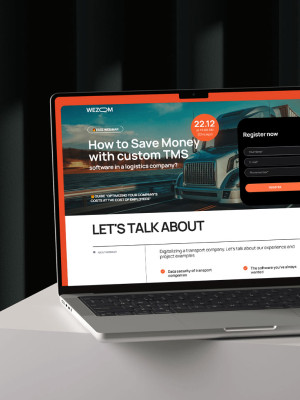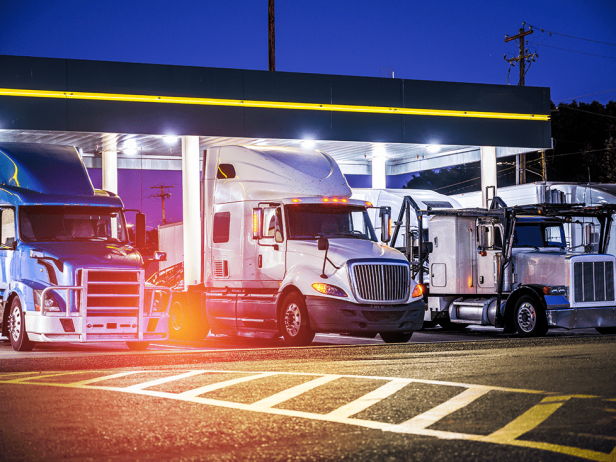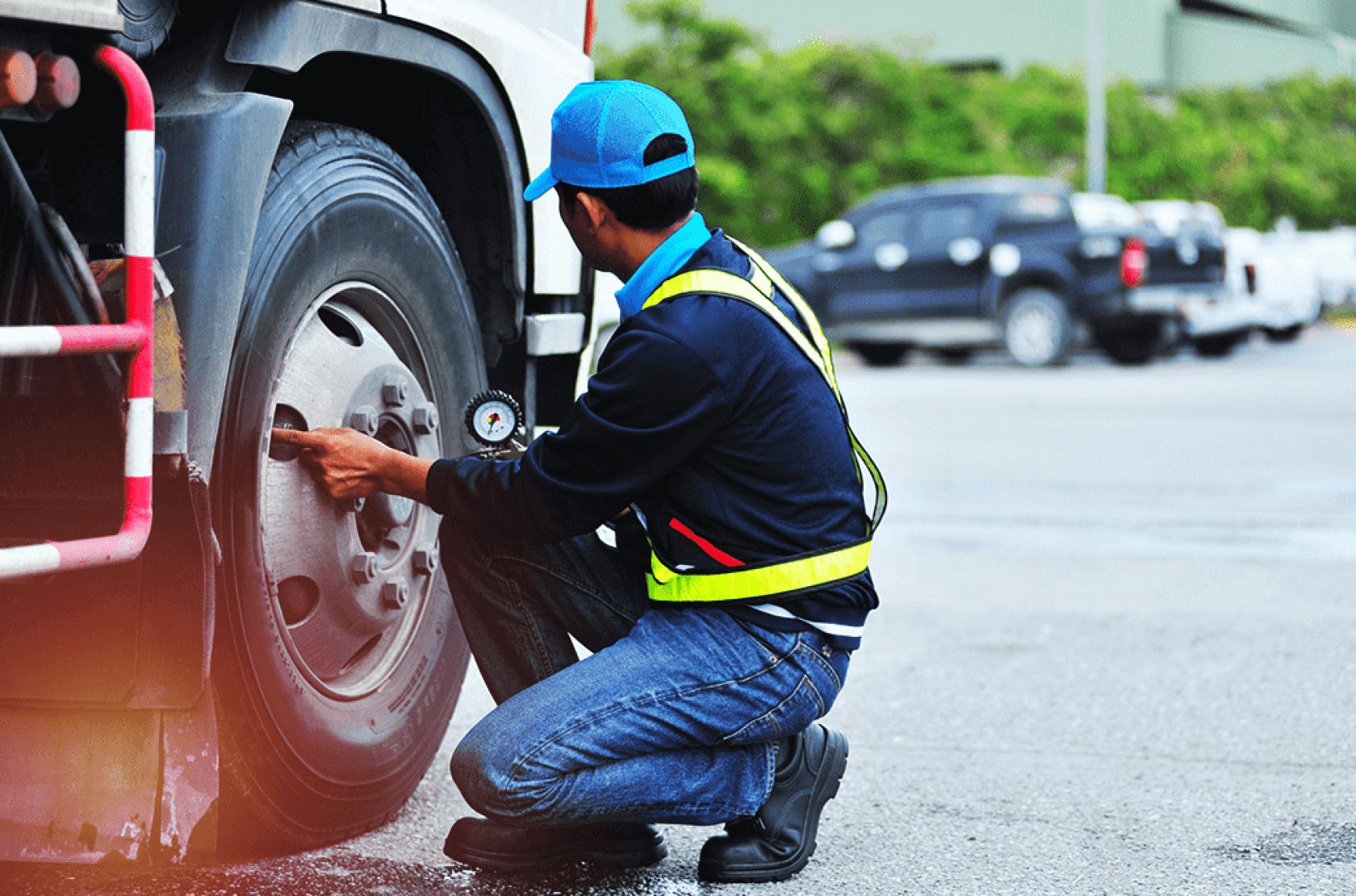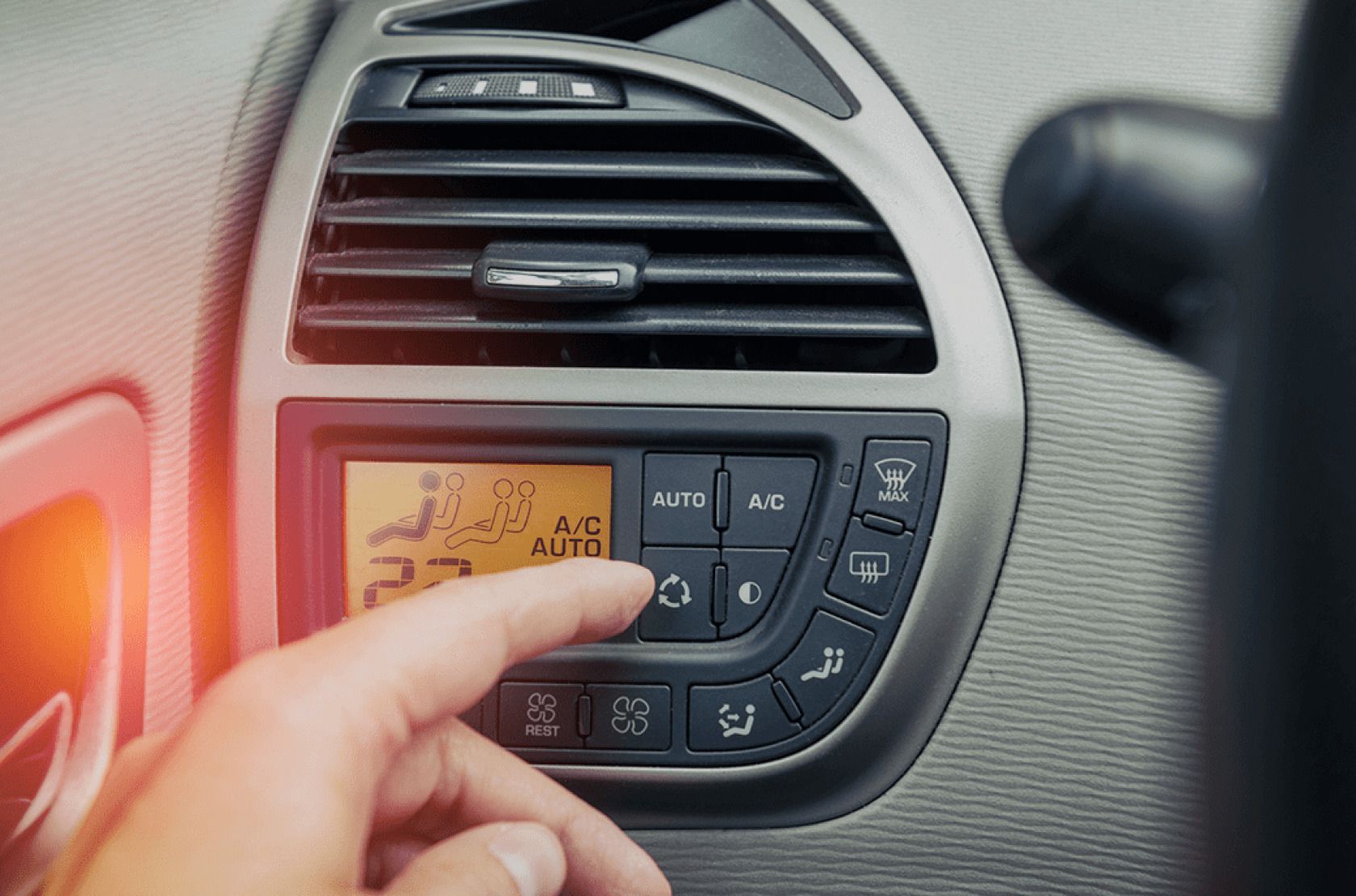The content of the article:
Supply chain disruptions and fuel costs are skyrocketing globally, and most organizations have been forced to reduce operating costs by reevaluating their processes. Fuel is an essential cost for organizations with many vehicles and is the second largest expense.
Fuel represents 50% of the entire operating budget, and even the slightest change in fuel costs strains organizations financially. However, these companies are creating actions to enhance their fleet's fuel economy. Technological advancements have made a new view of physical operations that enable companies to put their efforts in the right place.
These changes might seem insignificant or burdensome, but failure to do that leads to a tremendous financial effect. Below we discuss how to improve fuel efficiency in trucking companies.
-
Avoid Speeding
Excessive speeding consumes a lot of fuel over other driving habits. Truck driving at 70mph consumes 25% more energy than driving at 65mph. It is easy to avoid speeding by paying detail to the speedometer.
Companies can monitor their fleet’s speed using a fleet management system if they are unsure of whether the drivers will follow instructions.
-
Inflate Tires Always
Under-inflated truck tires do not perform well, making the truck burn more gas as compensation. Ensuring the tires are inflated is easy and will add up with time—also, periodic maintenance and poor engine health lower fuel economy.
Depending on driver vehicle inspection reports creates a lot of room for time-wasting, human error, and money wasting. An improved telematics system provides real-time insights and data into general vehicle health, making it easy to create a preventative maintenance program.
-
Combine Plan Optimal Routes with Trips
A well-planned route that enables a truck to move from one point to the other reduces distance and time traveled significantly, saving fuel. Heavy-duty vehicles should also avoid routes with steep hills. It is also advisable to avoid highly congested routes since they cause unwanted idling and demand constant starting and stopping.
Telematic solutions entail remote vehicle diagnostics today, helping you get the best routes using different data routes. It is also possible to integrate the route optimization software with your telematics solution to offer drivers directions and navigations.
-
Avoid High Torque and Speed
According to a study, the fuel economy lowers at speeds exceeding 50mph, and you can enhance fuel economy to 15% by reducing speed. The fuel economy increase is significant in heavy-duty and medium vehicles. Even though it is not realistic to drive slowly on freeways, maintaining a sound speed and utilizing cruise control saves a lot of fuel. High torque burns energy, but harsh braking leads to rapid acceleration.
Drivers are advised to ease gas off instead of speeding to brake, which saves fuel. Technology has led to the use of gamification in driving that discourages fuel-wasting behaviors like harsh acceleration or braking.
Gamification is an excellent way to lower fuel costs while engaging and rewarding drivers. It is mainly effective when paired with gift cards or incentives.
-
Be Keen When Using AC
Using AC lowers fuel economy since it increases the engine load, increasing gas usage. According to research, AC usage reduces fuel economy by up to 25%, and driving with the windows down lowers fuel economy over blasting AC.
A humid and hot cabin creates an unsafe and uncomfortable driving environment, and you can reduce inefficient fuel practices by teaching drivers to be conscious. This reduces unwanted fuel practices significantly.
-
Reposition or Lighten the Load
According to a study, fuel economy is lowered after increasing vehicle weight. The correlation between fuel economy and weight is mainly significant with heavier vehicles. Heavyweight drags the engine, wastes money, and burns extra fuel. Stay keen on how you stack and organize the load to lower fuel usage.
Minimizing the load's weight and height saves fuel and reduces aerodynamic drag, especially on trailers and flat-bodied vehicles.
-
Use a Fleet Management Software
The best way to implement these changes is by using fleet management software. This robust business tool is meant to reduce costs, enhance productivity, and take your business to another level.
A fleet management software will let you implement the above tips, automating alerts that lower habits like idling and speeding. This software also optimizes routes in real-time, accounting for weather and multiple destinations.

-
Avoid Idling
Professional drivers acknowledge that idling consumes a lot of fuel, but inexperienced ones still believe that idling has no effects on the engine. According to a study, idling burns more energy than restarting, especially in heavy-duty and medium vehicles.
Consider telling drivers to turn off the truck when temperatures are low and warm up the engine by driving at slow speeds.
-
Create Speed Restrictions
Excessive speeding is dangerous to the drivers and wastes a lot of fuel. According to a study, fast driving lowers fuel efficiency by 40% and will help create speed restrictions to reduce safety risks and fuel consumption. GPS telematics and tracking also track fuel usage. It also reminds drivers to lower speed and other safety risks. It is also possible to create reports using the software to know which driver is not following the company's restrictions.
Benefits of Safe Driving for Fuel Consumption
Sensible driving is not only safer, but it reduces gas money significantly. Excessive speeding and acceleration burn unnecessary fuel, while safe driving saves up to 40% on general fuel consumption.
The best way to handle your driving habits is by having a feedback device. This device lets you see how often you accelerate and over-brake and how often you speed. Drivers using this device are believed to enhance fuel economy by 4%.
Cruise controls also uphold high speeds in highway cruises, reducing unwanted acceleration. Remember, vehicles can achieve excellent fuel economy at different speeds, and an accident's likelihood lowers when you follow the speed limit.
Final Thoughts
Reducing fuel costs is essential for companies, and the above article has discussed how to achieve that. The main points include lowering speed, not idling, and load repositioning. Kindly reach out for more information.




